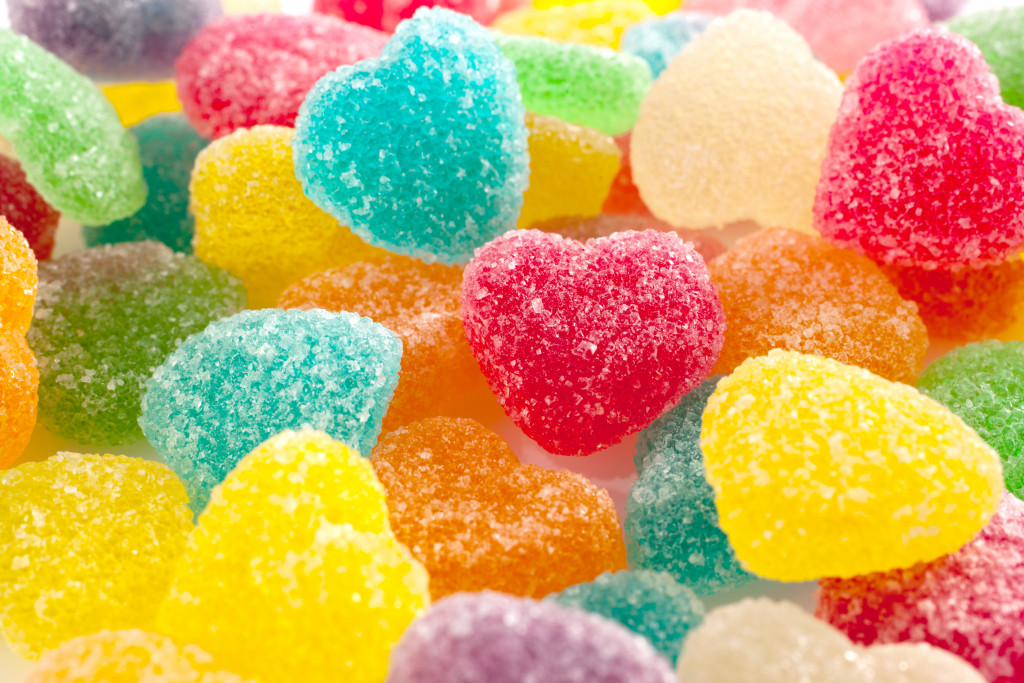Smiles are contagious. You’ve probably experienced this phenomenon firsthand when someone smiles at you and your mood instantly lifts. But a smile is not only good for the person who’s giving it — studies show that smiling can also positively affect the person receiving it. When we see someone else smile, our brain releases serotonin (the body’s natural “happy hormone”) and dopamine (a neurotransmitter that controls emotion). These chemicals make us feel happy as well!
Here are 11 steps to help you get there:
1. Make a Dental Appointment
If you’re overdue for a dental appointment, now is the time to schedule one! Regular checkups and cleanings are essential for keeping your teeth and gums healthy, and they can also help catch early signs of problems or disease. See your dentist every six months for a cleaning and exam, or more often if you have a history of dental problems.
2. Brush and Floss Daily
Brushing and flossing your teeth is one of the most important things you can do for your oral health — and it’s also one of the simplest! Brushing removes plaque and bacteria from your teeth, while flossing helps eliminate bacteria and food particles between your teeth. Be sure to brush at least twice a day (morning and night) and floss once a day.
3. Use a Fluoride Toothpaste
Fluoride toothpaste is a type of toothpaste that contains the mineral fluoride. Fluoride helps prevent cavities and tooth decay by making teeth more resistant to acid attacks from plaque, bacteria, and sugars. That’s why it’s important to use fluoride toothpaste — especially if you have a history of dental problems!
4. Eat a Balanced Diet
A balanced diet is important for your overall health, and it’s also important for your oral health! Eating various nutritious foods helps keep your teeth and gums healthy by providing them with the minerals they need. Some good choices for your oral health include dairy products, fruits, vegetables, and whole grains.
5. Avoid Sugary Foods and Beverages

One of the main causes of tooth decay is sugar — so it’s important to avoid sugary foods and beverages as much as possible. When you eat or drink something high in sugar, the bacteria in plaque produce acid that attacks your teeth. This can lead to cavities and tooth decay.
6. Get Teeth Whitening Done
If you’re not happy with the color of your teeth, you may want to consider getting them whitened. Teeth whitening is a process that lightens the color of teeth by removing stains and discoloration. There are many ways to whiten your teeth, including over-the-counter treatments and professional procedures. You can also get veneers to achieve a whiter smile.
7. Use a Mouthwash
Mouthwashes can help keep your teeth and gums healthy by killing bacteria and plaque and by reducing the build-up of tartar. Choose a mouthwash that contains fluoride to help protect your teeth against cavities. Be sure to rinse with mouthwash after brushing and flossing!
8. Avoid Stain-Causing Foods and Beverages
Some certain foods and beverages can cause tooth stains. Some of the most common culprits include coffee, tea, red wine, and soft drinks. If you want to keep your teeth looking their best, it’s important to avoid these foods and beverages as much as possible.
9. Use a Dental Whitening Kit
If you want to get your teeth whitened at home, you can use a dental whitening kit. These kits usually contain a bleaching agent (usually hydrogen peroxide) that helps lighten the color of teeth. Be sure to follow the instructions carefully to avoid damaging your teeth!
10. Use a Lipstick or Lip Balm with SPF
If you’re spending time in the sun, be sure to protect your lips with lipstick or lip balm with SPF. The sun can damage your lips, leading to dryness, cracking, and wrinkles. Choose a lip product that contains SPF 15 or higher to protect your lips from the sun’s harmful rays.
11. Use a Tongue Scraper
A tongue scraper is a tool used to clean the tongue’s surface. Tongue scraping helps remove bacteria, plaque, and food particles from the surface of the tongue. This can help reduce bad breath and keep your teeth and gums healthy. Be sure to use a tongue scraper at least once a day!
It’s important to maintain your oral health to have a healthy, beautiful smile. In this article, you learned the basics of how to floss and brush your teeth more effectively while also getting the whitening done if needed. From eating right to using mouthwash and avoiding stain-causing foods and beverages, many things can help boost your oral hygiene routine so you can show off a bright, white grin! Remember these simple tips for daily brushing, flossing, rinsing with mouthwash after each meal or snack — it will make all the difference!
